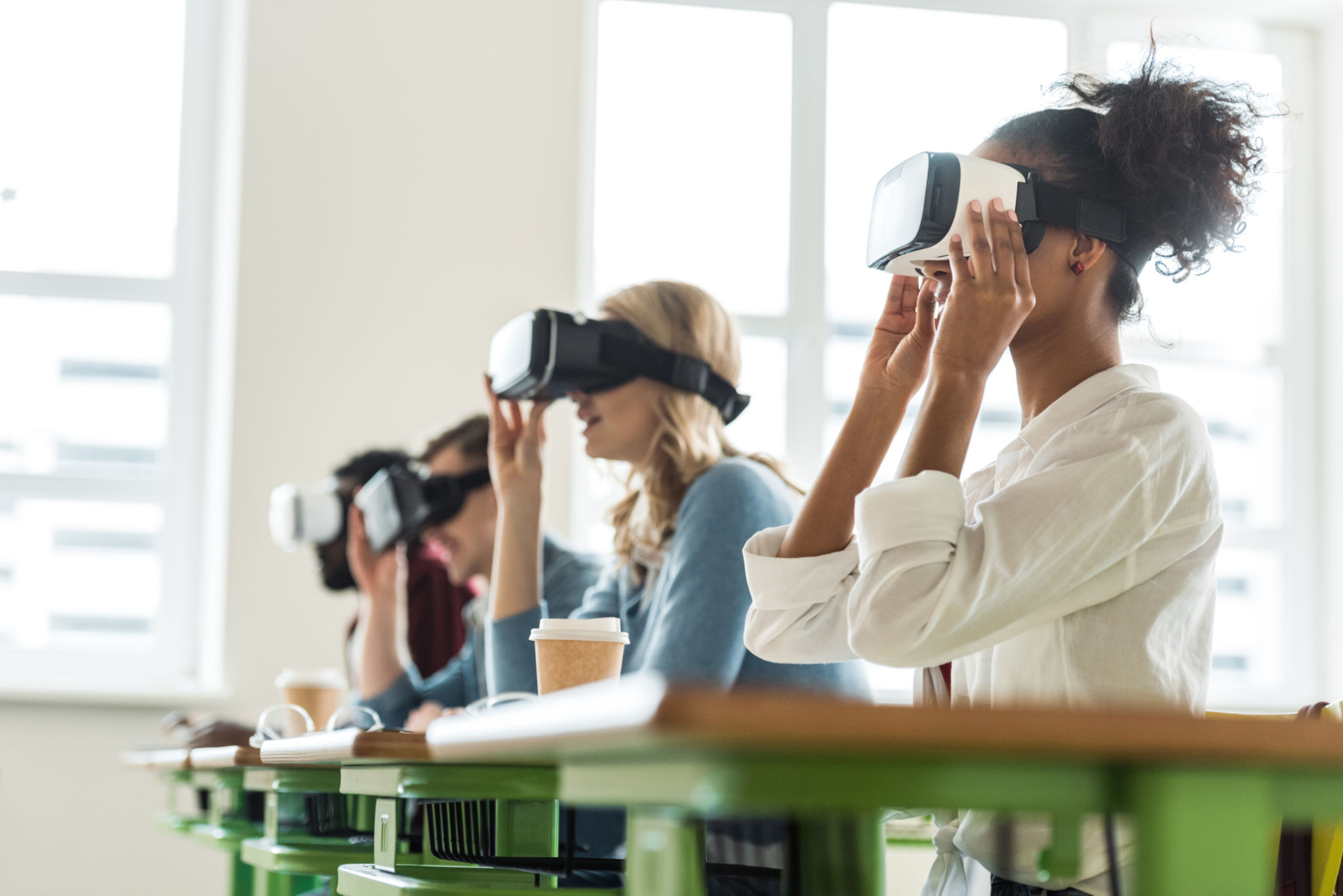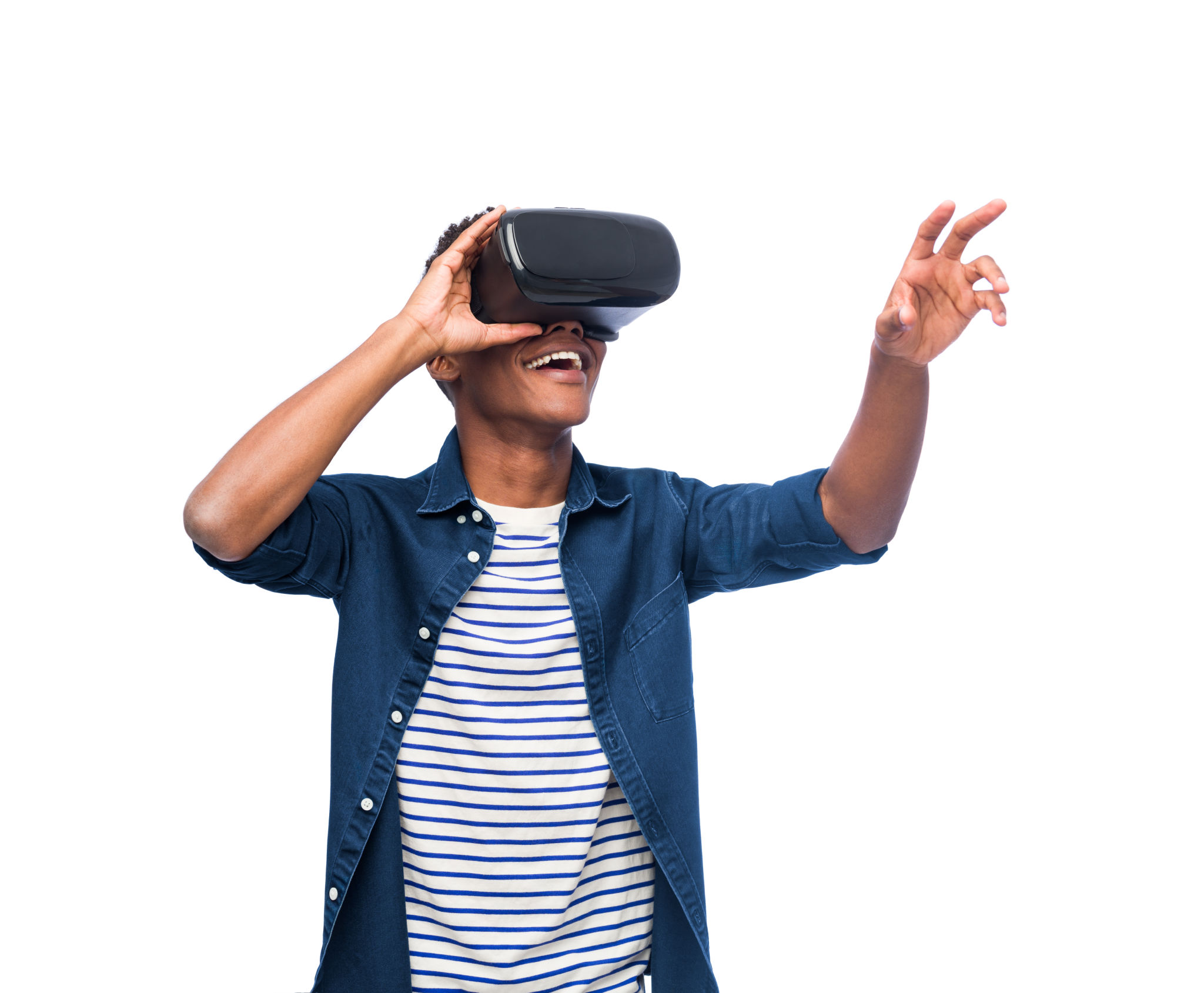Virtual Reality Language Learning: A Game-Changer for French Students
Ki
Introduction to Virtual Reality Language Learning
In recent years, the use of virtual reality (VR) in education has gained momentum, offering immersive experiences that traditional methods simply cannot match. For students learning French, VR technology is proving to be a game-changer, providing a dynamic and engaging way to master the language. By immersing learners in a virtual Francophone environment, VR allows them to practice and enhance their language skills in a context-rich setting.

Enhancing Language Acquisition Through Immersion
One of the most effective ways to learn a new language is through immersion. VR creates an environment where students can practice French in realistic scenarios, such as ordering food in a Parisian café or navigating the streets of Lyon. This immersive experience helps students to understand cultural nuances and improve their pronunciation and fluency.
Moreover, VR enables learners to engage with native speakers in real-time, providing immediate feedback and corrections. This interactive feature helps students build confidence and refine their language skills more rapidly than traditional classroom settings.
The Role of Gamification in Language Learning
Gamification is another innovative aspect of VR language learning. By integrating game elements into the educational process, students are motivated to achieve goals and complete challenges. These elements include point scoring, leaderboards, and rewards for completing tasks in French. Such engagement keeps learners motivated and makes the learning process enjoyable.

Customizable Learning Experiences
Virtual reality technology offers personalized learning experiences that cater to individual student needs. With VR, students can choose their learning pace, focus on specific areas they find challenging, and access a wealth of resources tailored to their skill level. This adaptability makes VR an ideal tool for both beginners and advanced learners alike.
Furthermore, educators can track student progress through analytics provided by VR platforms, allowing them to offer targeted support where necessary. This data-driven approach ensures that every student receives the guidance they need to succeed in mastering French.
Breaking Down Barriers to Language Learning
One of the most significant advantages of VR language learning is its ability to break down geographical and financial barriers. Students who may not have the means to travel to a French-speaking country can still experience the culture and language firsthand through virtual environments. This accessibility democratizes language learning, making it available to a broader audience.

Conclusion: The Future of Language Education
As technology continues to evolve, the potential for VR in language education becomes even more promising. Already, it has transformed how French students learn by offering immersive, interactive, and personalized experiences that traditional methods cannot replicate. As more educational institutions adopt VR technology, we can expect a new generation of bilingual speakers who are not only fluent but also culturally aware and confident in their language skills.
In conclusion, virtual reality is not just a tool for entertainment but a revolutionary resource for language education. For French students, it represents an exciting opportunity to immerse themselves in the language like never before, paving the way for more effective and enjoyable learning experiences.
